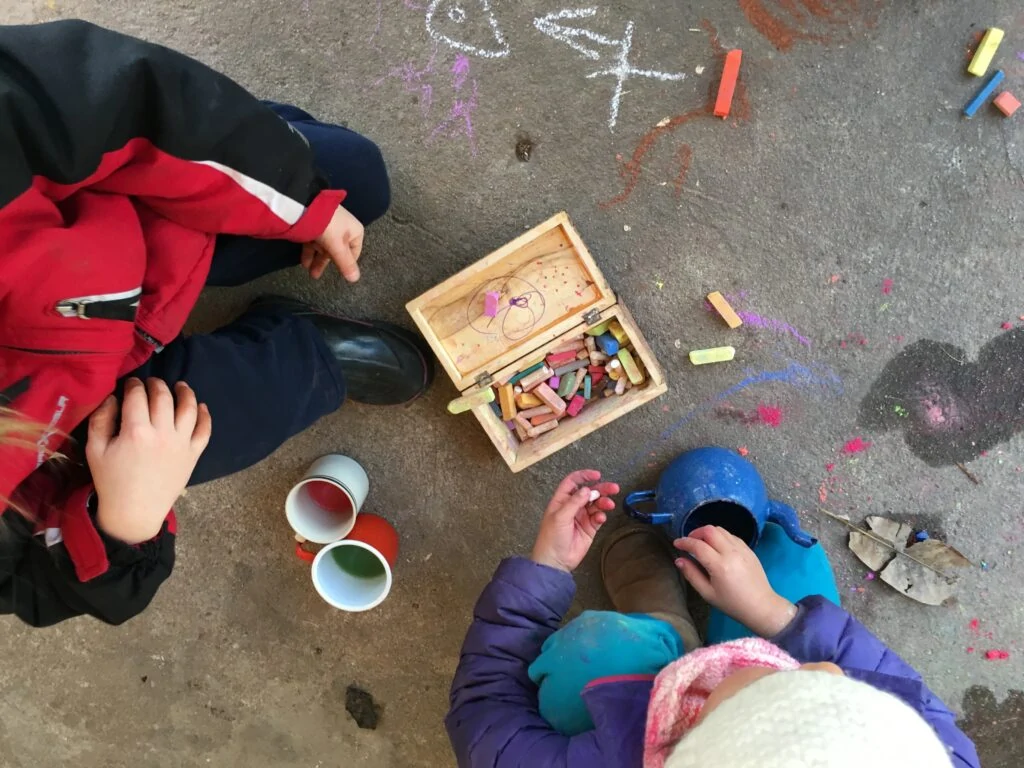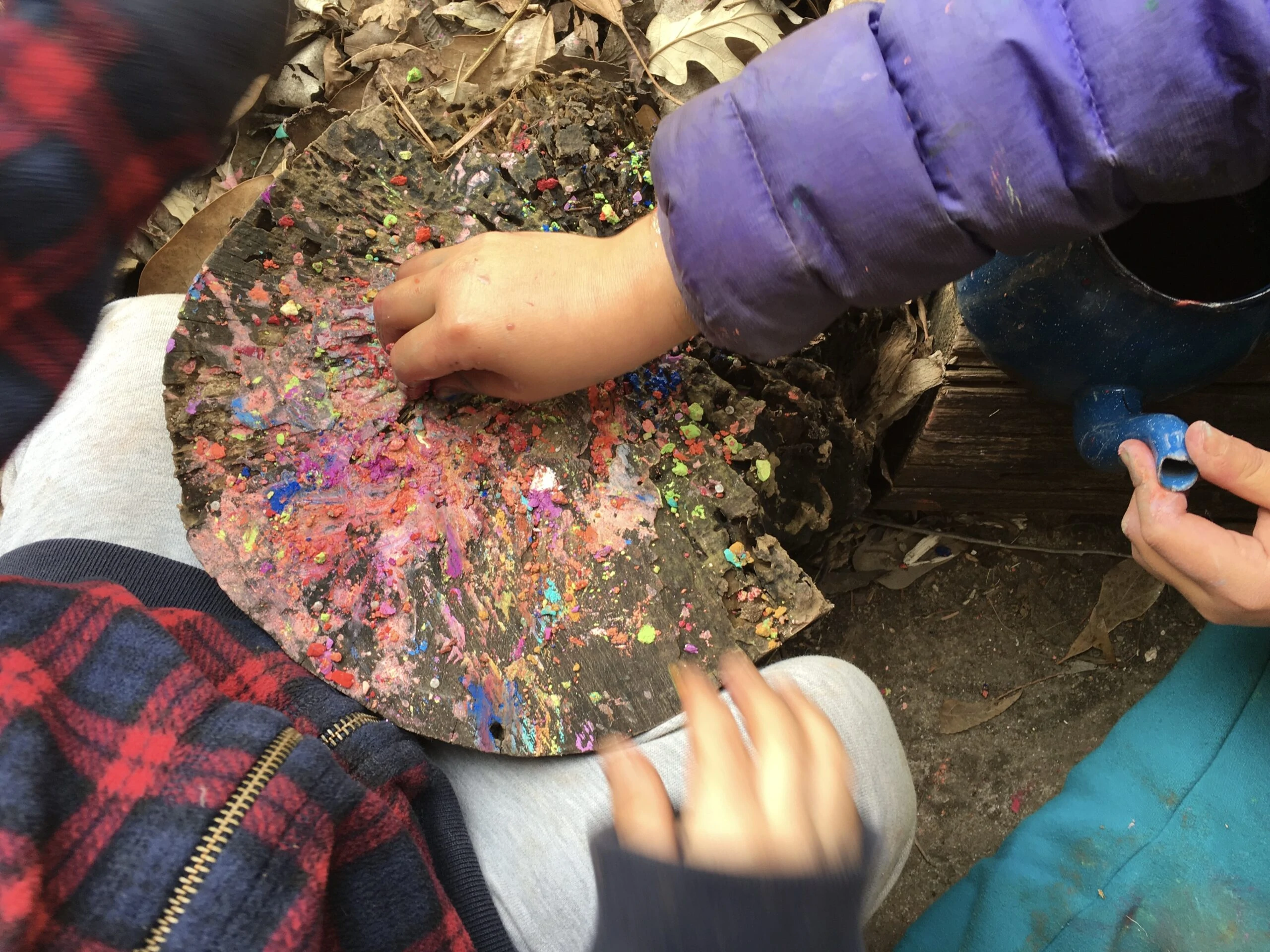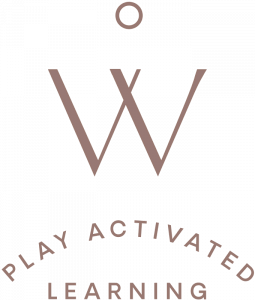Over the years, so many people have asked to learn more about the theorists and scientists I have studied.
So in this article, we’ll look at the work of Jaak Panksepp, a pioneer in affective neuroscience (who actually coined that term). He studied the brain and our feelings as the primary, instinctual networks.
And his research, as you’ll soon see, supports the following Play Truth:
Motivation to learn begins in play.
Panksepp identified seven primary process systems that drive us or move us.
These are emotions that drive our responses to life, and as such they are the systems that motivate children to learn.
They include:
- SEEKING/Expectancy – drive to explore
- RAGE/Anger – drive to defend
- FEAR/Anxiety – drive to escape danger
- LUST/Pleasure – drive to mate and reproduce
- CARE/Nurturing – drive to nurture
- PANIC/Sadness – distress system
- PLAY/Social Joy – drive for social bonding
Panksepp’s premise was that emotions were central to our survival.
He felt these urges were built in the nervous system at a primitive level – in other words, that emotions do not emerge from the cerebral cortex, but rather from the amygdala and hypothalamus.

Now, here’s where Panksepp’s work intersects with PLAY.
He said the SEEKING system is what drives us to find information in our environment. It is the dopamine process within the limbic system that has us exploring, discovering and foraging.
When I read his work, I renamed the seeking system to INTEREST-SEEKING system as a way to make clear to parents and administrators the power of play.
This INTEREST-SEEKING system is the instinctual drive that has young children eager and enthused for new and novel learning. It releases the dopamine that actually creates anticipation, desire and excitement.
Interestingly, Panksepp’s research also says PLAY is one of our 7 instincts – that it is the primary way in which we learn how to be social and engage with others.
He said, “The SEEKING system and the PLAY system work together as a dance,” and asserted that it is the anticipation of things like good solid play that release dopamine.
(An important sidebar: Panksepp noted that once the PANIC/Sadness system is set in motion, the SEEKING system is no longer able to function optimally. Another case for keeping the learning environment harmonious.)

So let’s look at how this all works in the play based classroom.
Panksepp stated there are three levels of the SEEKING system.
Level One: Primary Processing
A child enters the classroom environment seeking what will bring pleasure (a primary urge). This inner drive has children looking for what resources and areas of the classroom will fulfill their needs.
This is where trusting the child’s decision making and choice of where and what they engage with in the classroom is crucial.
They are literally “following their instincts” to learn.
Another curious point Panksepp made: novel experiences are imperative. “When a stimulus ceases to be novel (when the animal becomes accustomed to it) the SEEKING system no longer responds.” (Panksepp and Biven, 2012)
This is where play invitations and provocations come into play.
Think about how we scaffold and expand the interests the children are engaged in. It is the stacking and scaffolding of new ways to approach their interests that keeps motivation going.
Level Two: Secondary Processing
When the SEEKING system finds something that indeed provides joy, there is an opportunity for meaning-making and connections.
The value of the experience has been established; now we can bring the awareness of that experience in dialogue. We can see this in the documentation process and the sharing of learning among the class and community.
But it also points to the importance of taking the time and space with children to talk about and reflect upon their play interests and activities.
Panksepp says that the second level is one in which the human now knows this activity is rewarding and worthy.
This is where emotional habits – and specifically in our case, learning habits – are built.
Level Three: Tertiary Processing
This is where the development of executive functioning begins. Reflection, creative thinking, and planning lead to intention. To choice.
We’ve discussed elsewhere how executive function is the foundation of academic learning. It’s also what helps a child plan and strategize their play!
As children choose their activities, and derive joy and reward from them, they are better able to access their executive functioning capabilities.
To sum up how this fascinating research supports a play-based learning environment:
The INTEREST SEEKING system is a neural highway, designed to make way for the motivation and desire to learn.
PLAY is like a very efficient “department of transportation” that naturally builds and strengthens this highway.
So, when we give children a rich and diverse learning environment and the freedom to choose their activities – and we facilitate their interests with resources and dialogue – dynamic learners will emerge.
Tuck this “play truth” in your mind for the next time you’re asked why PLAY is such a critical part of a child’s present learning environment and future success.
REFERENCES:
Panksepp, Jaak (2004) Affective Neuroscience: The Foundations of Human and Animal Emotions, Oxford University Press; 1st edition
Pankseep, Jaak (2010) Science of the Brain as a Gateway to Understanding Play. American Journal of Play, Winter 2010.



